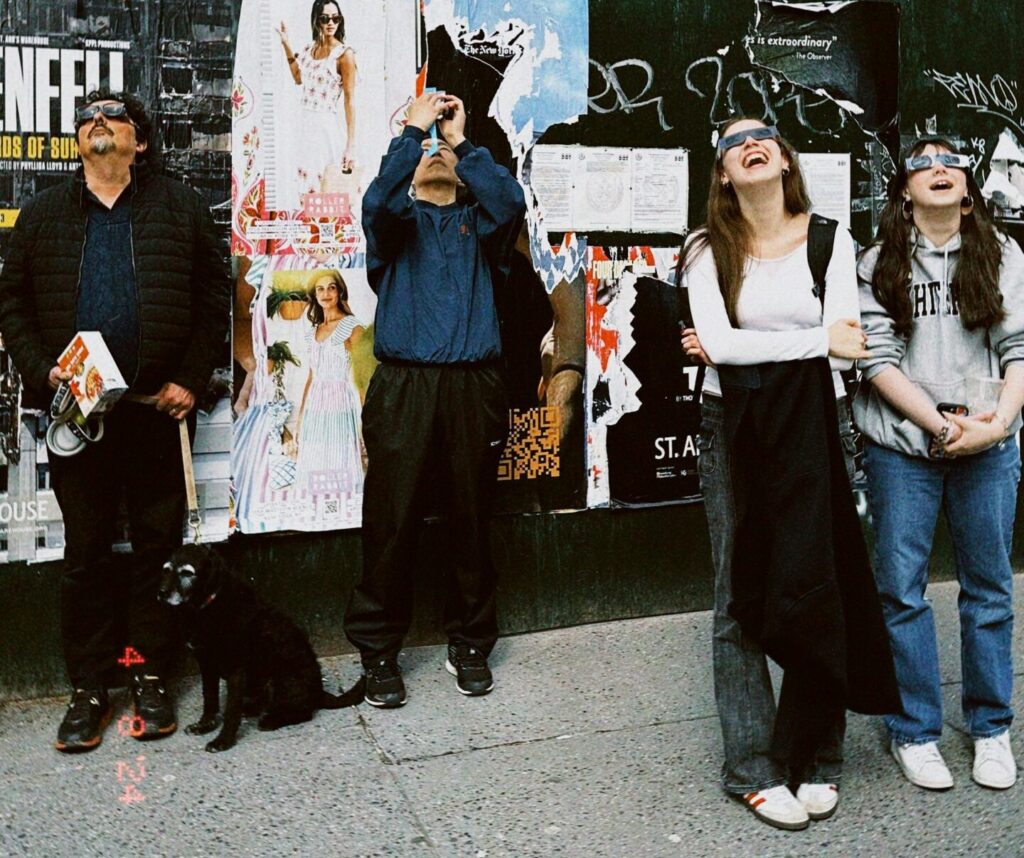Socializing your dog goes far beyond the occasional dog park visit or letting them sniff neighbors on walks. True socialization means exposing your dog to a wide variety of environments, people, sounds, and surfaces in a structured, positive way. It’s not just about making your dog friendly. It’s about making them confident, calm, and responsive no matter where you take them.
As trainers at Off Leash K9 Training Kansas, we work with dogs who struggle in public all the time. Some bark at every stranger, some freeze when entering stores, and others get too excited to focus in stimulating environments. Fortunately, with the right approach, you can help your dog thrive in the real world.

Why Real-World Socialization Matters
Your dog might be perfect in the backyard or even in the living room. But what happens when you take them to a busy sidewalk, a coffee shop patio, or a crowded park?
That’s where real-world socialization comes into play. It helps dogs:
- Stay calm in unpredictable environments
- Build confidence on different surfaces and around unfamiliar stimuli
- Learn to filter distractions and stay focused on their handler
- Avoid reactive behaviors toward people, dogs, or noises
- Become a safe, reliable companion in any setting
Socialization isn’t just for puppies either. Older dogs can still learn to navigate new experiences, it may just take more time and patience.
Start With Controlled Outings
If your dog hasn’t had much public exposure, don’t jump straight into a packed park. Begin with structured, low-distraction environments like:
- Outdoor hardware stores
- Quiet garden centers
- Dog-friendly retail shops during off-hours
- Local school parking lots or walking tracks on weekends
Bring high-value treats, a short leash or slip lead, and a calm attitude. Keep sessions short and finish on a good note.
Don’t Skip the Foundation Work
Before taking your dog out in public, make sure they can reliably perform core obedience skills in a quiet environment. This includes:
- Sit and down on command
- Loose leash walking
- Place command (stay on a designated spot)
- Leave it
- Come when called
These commands give you the tools to manage your dog’s behavior and keep them focused. If your dog struggles with excitement, fear, or reactivity, mastering these basics in your home or backyard first will build confidence before heading into busier places.
For dogs still learning the ropes, our Basic Obedience Program provides the foundation needed to confidently handle public spaces.
Real Places, Real Practice
Here are some great real-world environments to incorporate into your socialization plan, with tips for making each one successful:
Dog-Friendly Cafes and Patios
- Start with a quiet time of day
- Choose a table away from foot traffic
- Use the “place” command to keep your dog settled
- Bring a chew or frozen Kong to keep them occupied
Parks and Trails
- Focus on loose leash walking and ignoring distractions
- Practice recall and engagement exercises
- Reward calm behavior around joggers, strollers, and dogs
- Don’t allow on-leash greetings with unfamiliar dogs
Retail Stores (Pet-Friendly)
- Practice heeling through aisles
- Sit or down-stays near checkout counters
- Expose your dog to carts, beeping, and crowds gradually
Events and Farmer’s Markets
- Only attend once your dog is confident in less chaotic areas
- Keep sessions short and distance manageable
- Reward neutral behavior toward people and smells
- Avoid overwhelming situations if your dog shows signs of stress
If you’re unsure how to recognize when your dog is overstimulated, our blog on understanding the signs of overheating offers helpful insight on reading stress signals, which apply even outside of temperature issues.
Avoid These Common Socialization Mistakes
- Flooding your dog with stimuli too fast
- Allowing every person or dog to greet your pup
- Ignoring fear signals like cowering or lip licking
- Using retractable leashes in public areas
- Assuming dog parks are effective socialization
Remember, the goal is not to “expose and hope.” It’s to build positive associations and trust while your dog learns how to process the world around them.
Turn Social Time Into Training Time
Every outing is an opportunity to reinforce good behavior. Try:
- Rewarding eye contact when distractions appear
- Practicing impulse control exercises (e.g., sit before crossing streets)
- Reinforcing calm behavior in noisy or crowded environments
- Playing engagement games like “find it” to redirect focus
According to the American Kennel Club, well-socialized dogs are not only more stable and confident, but they’re also more likely to remain in their homes long term because they’re easier to live with and take places.
Need Help Socializing Your Dog?
Whether you have a shy rescue, a reactive adolescent, or a puppy that needs exposure, we can help you build a safe and effective socialization plan.
Our trainers at Off Leash K9 Training Kansas work directly with owners to develop calm, obedient dogs that behave in real-world environments. Reach out through our contact form to get started today.
